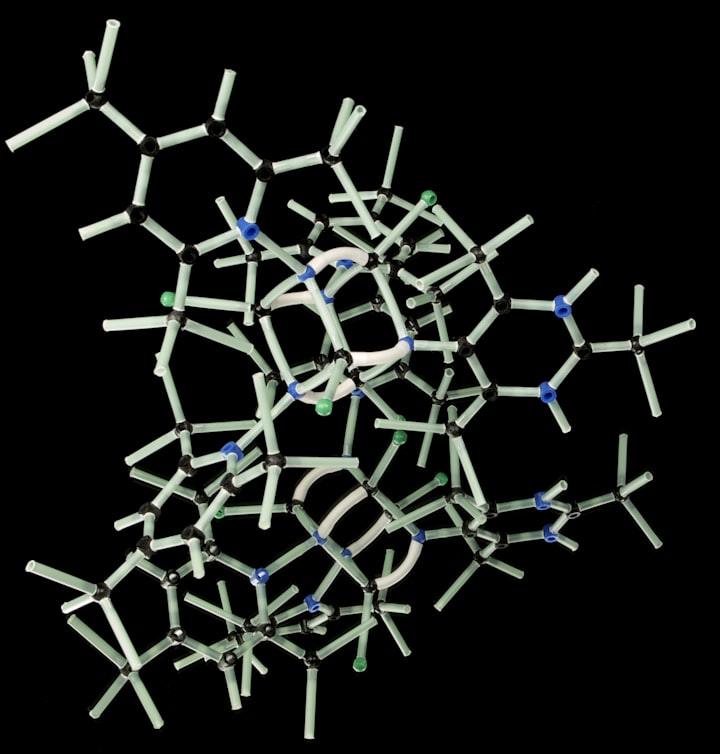What Makes Rechargeable and Non-Rechargeable AA Batteries Different?
Understand the differences between rechargeable and non-rechargeable batteries. Learn about battery chemistry, voltage, and capacity.

Batteries power our everyday devices, but the differences between rechargeable and non-rechargeable AA batteries go beyond their ability to store and deliver energy.
Let's delve into the intricate world of battery chemistry, chargers, voltage, and capacity to uncover the distinctions between these two types of batteries.
Chemical Reactions in Batteries
Rechargeable batteries, also known as secondary cells, utilize reversible electrochemical reactions when charged and discharged.
Materials such as nickel-cadmium (NiCd), nickel-metal hydride (NiMH), or lithium-ion (Li-ion) are commonly used in their construction.
In contrast, non-rechargeable batteries, or primary cells, employ irreversible electrochemical reactions, often using materials like alkaline or zinc-carbon.
How Battery Chargers Work
The cell chemistry of a battery determines whether it can be recharged or not.
Rechargeable batteries can be revived by supplying an electric charge to reverse the chemical reaction that occurs during discharge.
This process is facilitated by a battery charger designed to provide the specific voltage and current required to reverse the chemical reaction in the battery.
Understanding Voltage and Capacity Differences
In addition to their chemistry, rechargeable and non-rechargeable AA batteries also differ in voltage and capacity.
Rechargeable batteries generally have a lower voltage but display a higher capacity for energy storage.
This means rechargeable batteries may need more cells to match the voltage output of non-rechargeable batteries but can offer longer usage durations between charges due to their higher capacity.
Battery Dynamics
The differences between rechargeable and non-rechargeable AA batteries stem from the chemical processes they undergo, which determine their ability to be recharged and reused.
Battery chemistry, the working principles of chargers, and differences in voltage and capacity all play essential roles in defining the distinct characteristics of these battery types.






